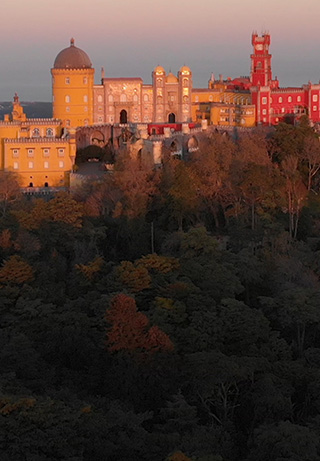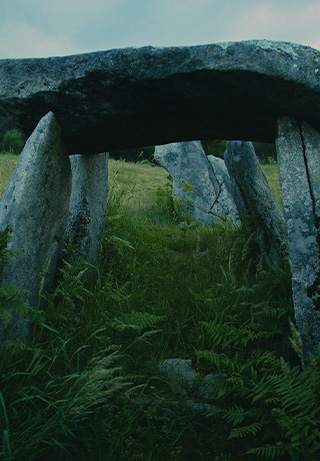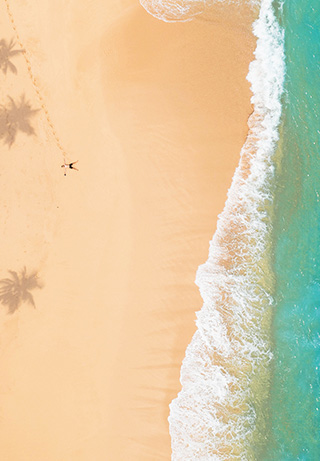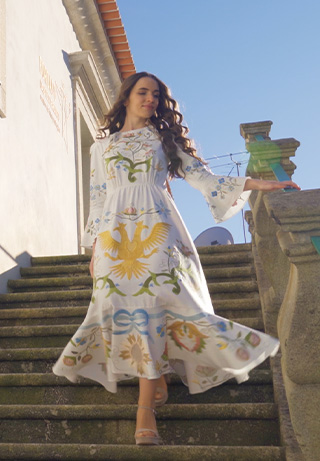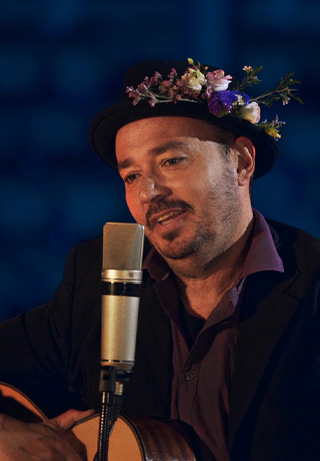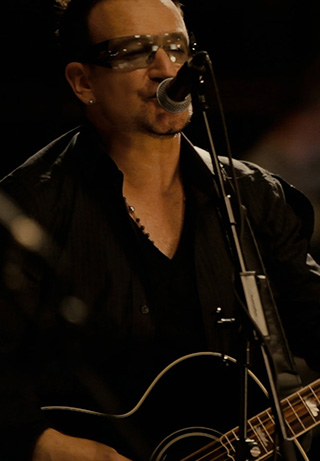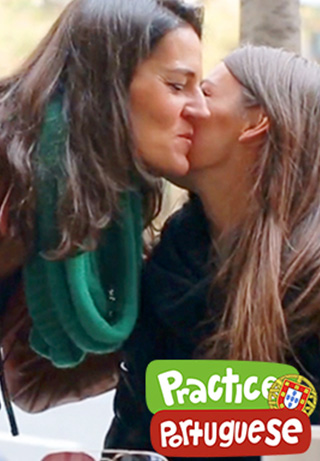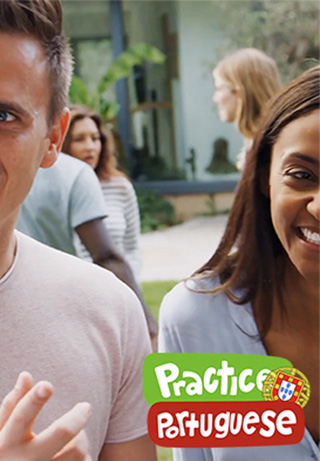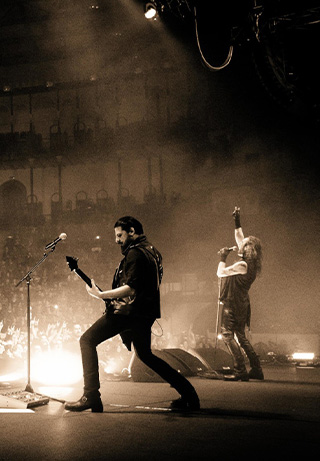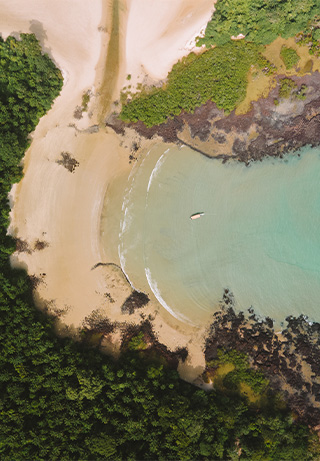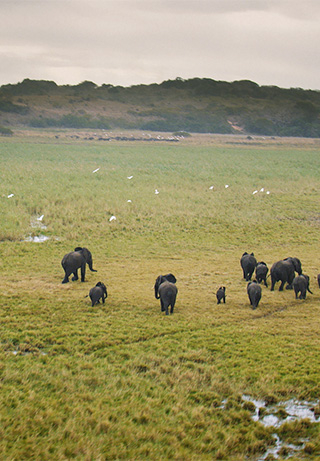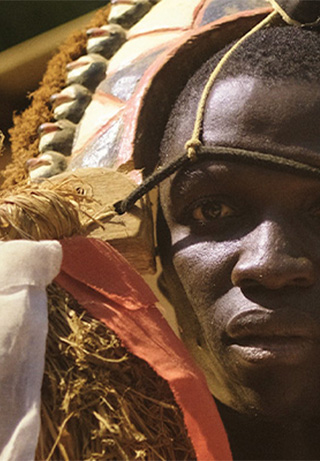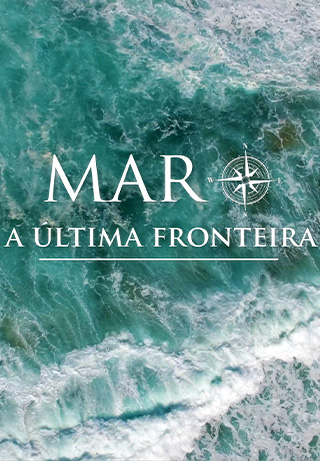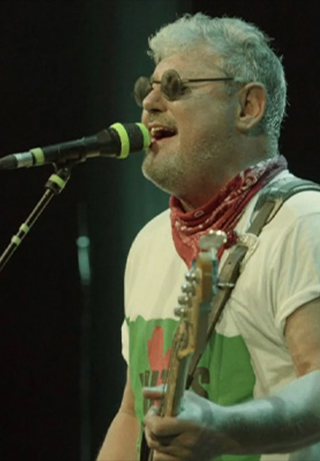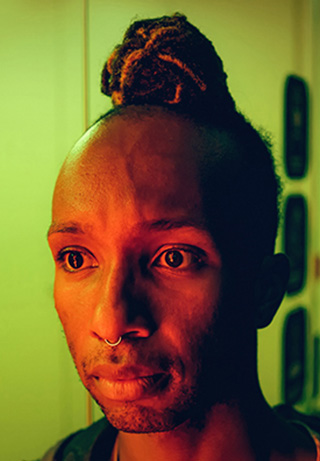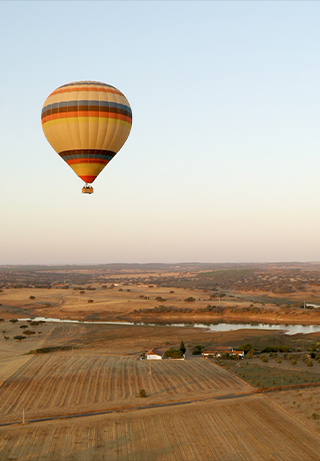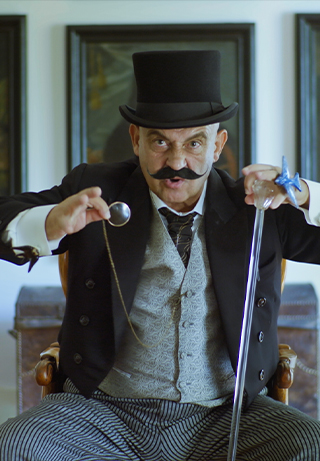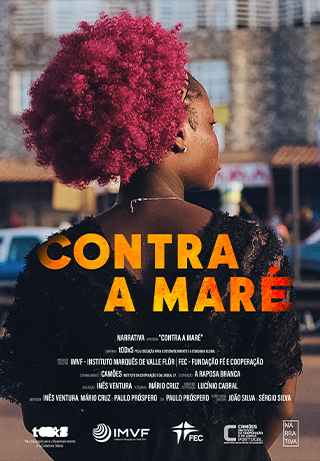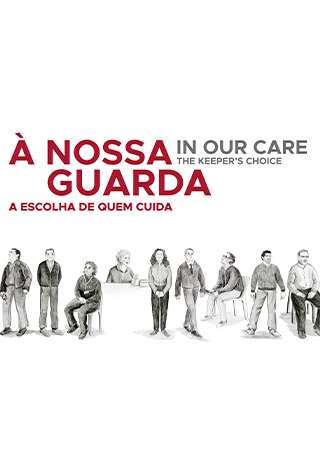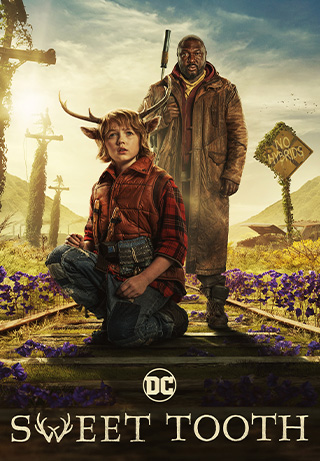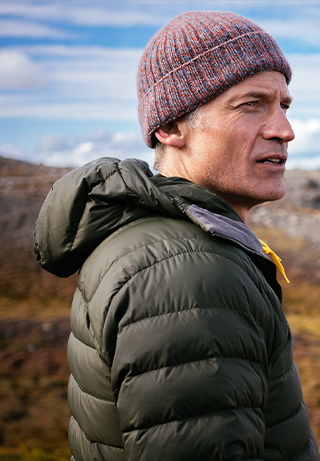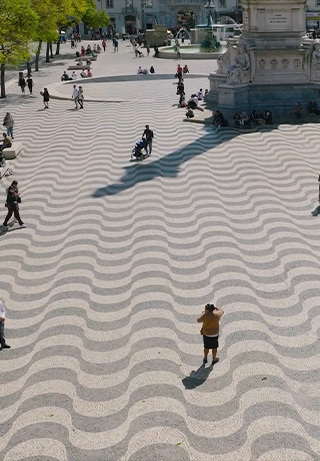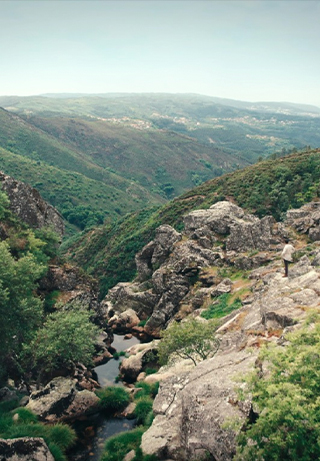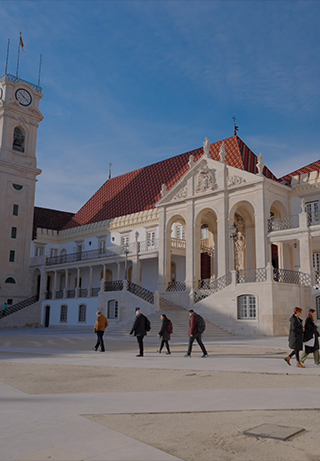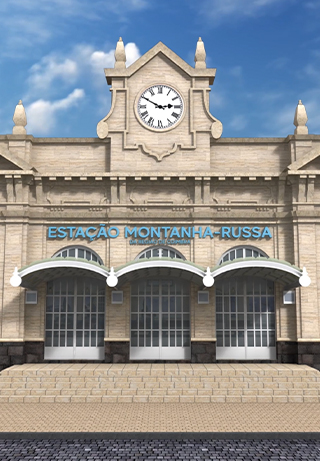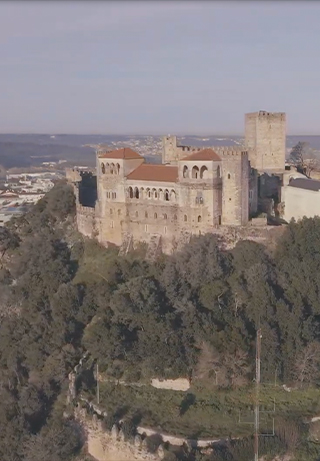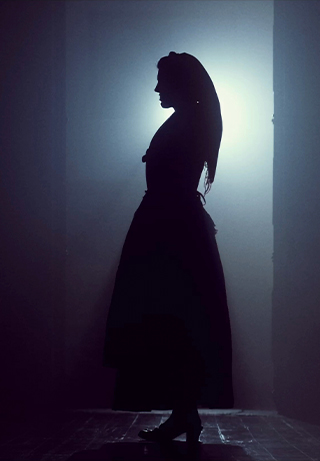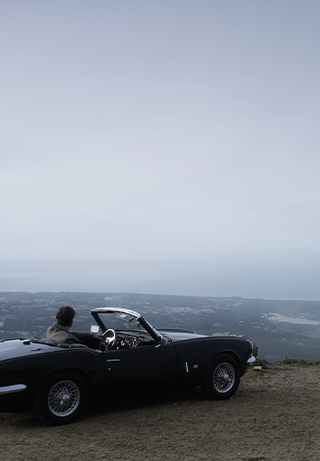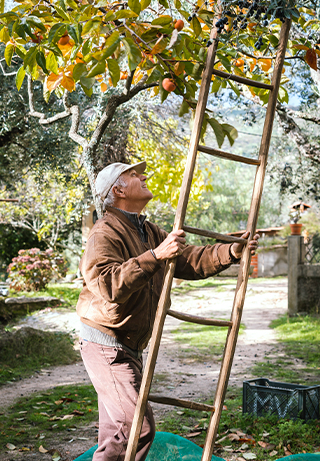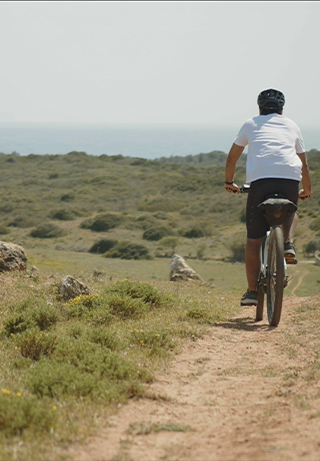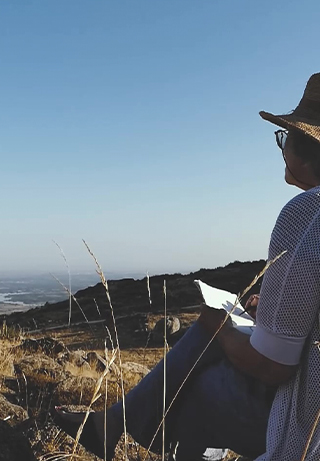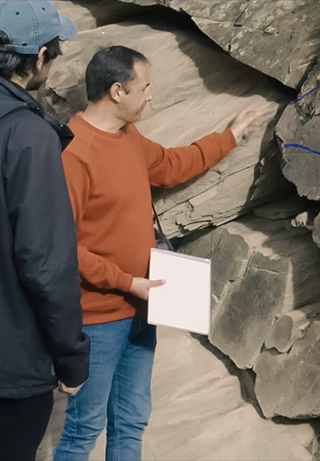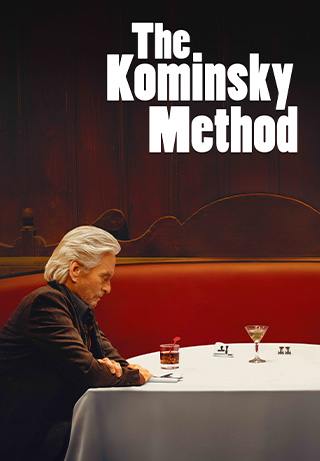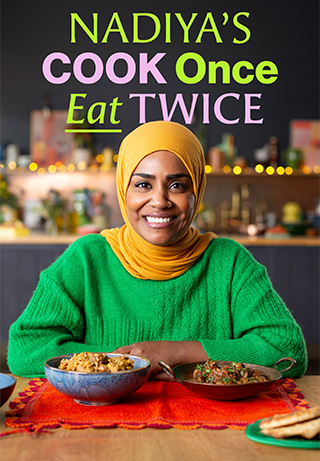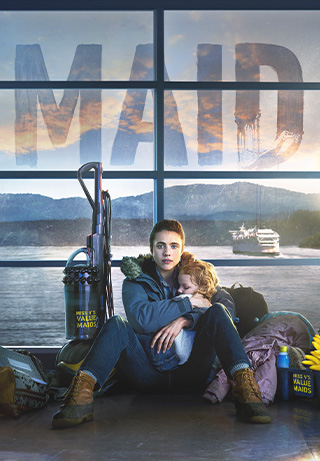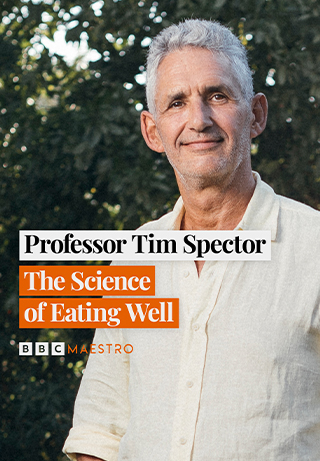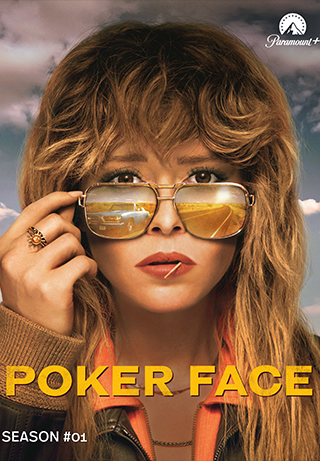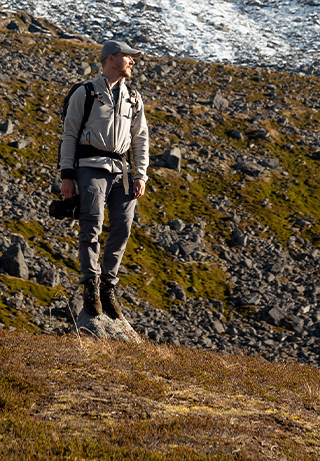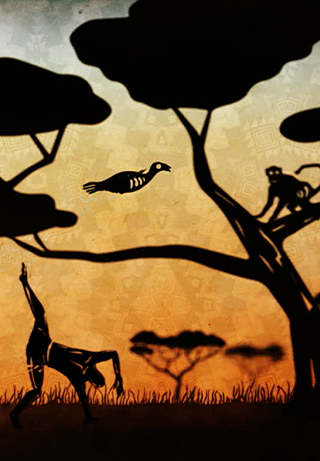
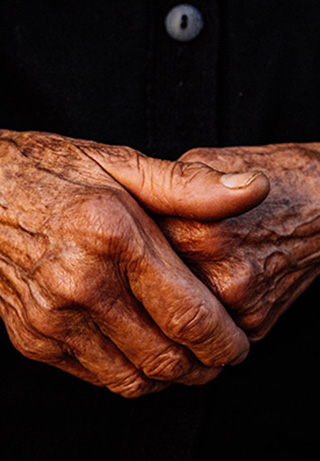
TV
Faces of the Village S1
Discover Portugal, Travel
3h29 | 2021 | PG-13
Overview
"Faces of the Village" allows you to learn about inspiring stories of people – young and old – who contribute to ensuring that the depopulation of Portuguese villages does not become a trend.
More Information
Genre
Released
Travel
2021
Episodes
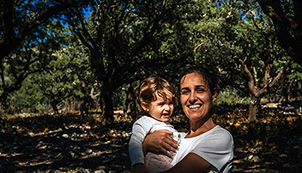
Faces of the Village S1
EP 1 - Ferraria de São João
Faces of the Village S1
EP 1 - Ferraria de São João
Located in the municipality of Penela, the village of Ferraria de São João is part of the Aldeias do Xisto, in the Lousã Mountains. It has little more than 40 houses, and many remain uninhabited; but there is something special in Ferraria, which has allowed the arrival of new inhabitants.
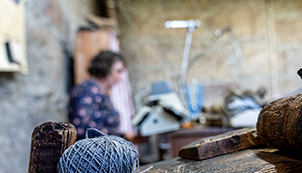
Faces of the Village S1
EP 2 - Campo Benfeito
Faces of the Village S1
EP 2 - Campo Benfeito
At just over 1000m of altitude, Campo Benfeito, in Castro Daire, is a visiting place for lovers of the Altitudes Festival. It is also a destination of those who appreciate clothing in traditional fabrics (such as burel, linen or wool) made with boldness and modernity by Capuchinhas.
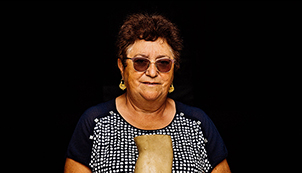
Faces of the Village S1
EP 3 - Argas
Faces of the Village S1
EP 3 - Argas
Place of excellent pastures and slopes as inhospitable as photogenic, the Serra de Arga, in Caminha, it's also stage villages that are your best postcard. It includes waterfalls, windmills, granaries and dense forests, impressive granite blocks and the mystical Monastery of St. John of Arga.
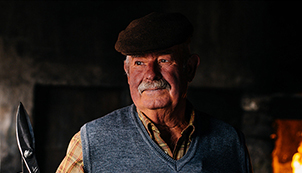
Faces of the Village S1
EP 4 - Jarmelo
Faces of the Village S1
EP 4 - Jarmelo
Jarmelo was once a Roman fort, a medieval village and the region's council. Nowadays it is a set of small villages spread around several parishes of the municipality of Guarda. Jarmelo is also a land of blacksmiths and a land of inclusion. In the village of Ima, a pilot project for the integration of migrants and refugees is underway.

Faces of the Village S1
EP 5 - Favaios
Faces of the Village S1
EP 5 - Favaios
Located on a plateau about 650 metres high, covered with vineyards as far as the eye can see, Favaios is a wine-growing village with less than 1000 inhabitants. It is known for its Moscatel wine and its four-cornered wheat bread, which continues to be made daily by hand.
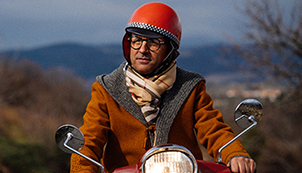
Faces of the Village S1
EP 6 - Trevões
Faces of the Village S1
EP 6 - Trevões
An Episcopal Palace, emblazoned houses, manor houses surrounded by majestic farms and agricultural spaces. There is a lot of important built heritage in the wine-growing village of Trevões, in the municipality of São João da Pesqueira. But, as Father Amadeu Castro says, even more important is its human heritage.
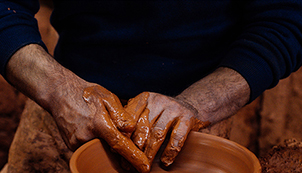
Faces of the Village S1
EP 7 - Corval
Faces of the Village S1
EP 7 - Corval
There are more than two dozen potteries in São Pedro do Corval, but the number of potters who know everything about the art is not enough to reach the fingers of two hands. In this village of Reguengos de Monsaraz, Alentejo, tradition is still what it was, but its reinvention seems urgent and is already happening.
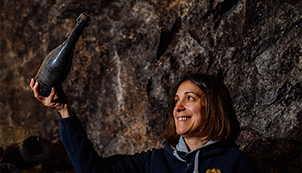
Faces of the Village S1
EP 8 - Ucanha
Faces of the Village S1
EP 8 - Ucanha
Ucanha is an old parish in the municipality of Tarouca known for its photogenic bridge to which is attached a fortified tower. Nowadays, the pride of the inhabitants in the village still looks like something out of a fairy tale.
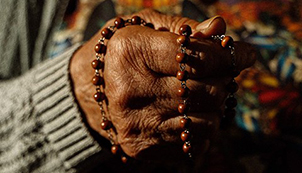
Faces of the Village S1
EP 9 - Salzedas
Faces of the Village S1
EP 9 - Salzedas
The history of Salzedas, a wine-growing village in the municipality of Tarouca, is intertwined with the history of its imposing monastery. The religious brought agricultural farms, developed vineyards and orchards, road networks and bridges. Centuries later, the monastery, the singing groups, and the elderberry blossom are the hallmarks of the Salzedans.
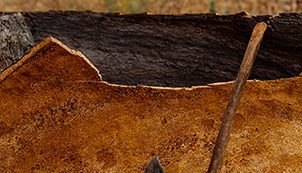
Faces of the Village S1
EP 10 - Coruche
Faces of the Village S1
EP 10 - Coruche
In the municipality of Coruche lives the cork harvesters' ranches, communities where ancestral knowledge is perpetuated, and the masters teach, campaign after campaign, cork oak by cork oak, a craft that remains manual and traditional. There is work in the forest all year round, but the celebrations happen at cork harvesting time.
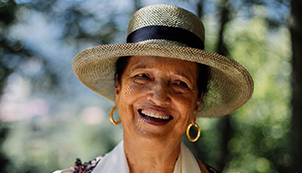
Faces of the Village S1
EP 11 - Manhouce
Faces of the Village S1
EP 11 - Manhouce
It is said that there are only two reasons to sing in Manhouce, a village of São Pedro do Sul, located in the middle of the Gralheira Mountains: for everything, and for nothing. Land of remarkable natural attractions and strong ethnographic heritage is the polyphonic singing women who have catapulted the most notoriety of the parish.

Faces of the Village S1
EP 12 - Provesende
Faces of the Village S1
EP 12 - Provesende
In Provesende there are the manor houses and the great owners of the farms that produce port wine, it was there that a school of grafting was founded to combat phylloxera, the disease that shaped the destiny of the region. Located on a plateau in the municipality of Sabrosa, the village has managed to preserve its centuries-old heritage.
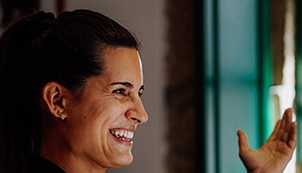
Faces of the Village S1
EP 13 - Barcos
Faces of the Village S1
EP 13 - Barcos
Located on a curious geological platform where the Beira highlands meet the deep valley of the Douro, the landscape of Barcos, in the municipality of Tabuaço, combines the mountain cliffs and vineyards that allowed it to be included in the network of Douro Wine Villages. It’s the perfect place for lively festivities at harvest time.
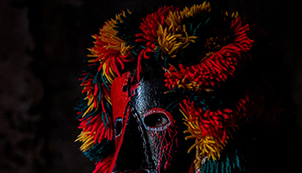
Faces of the Village S1
EP 14 - Caretos de Podence
Faces of the Village S1
EP 14 - Caretos de Podence
On most days of the year, Podence, in Macedo de Cavaleiros, is a quiet village whose 200 inhabitants are dedicated to agriculture. During Carnival time, it receives visitors from all over the country - and the world! - to participate in Entrudo Chocalheiro, a tradition that has been recognised as Intangible Cultural Heritage of Humanity.
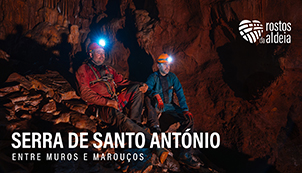
Faces of the Village S1
EP 15 - Barro preto de Bisalhães
Faces of the Village S1
EP 15 - Barro preto de Bisalhães
In the municipality of Vila Real, Bisalhães is a small village at the gates of the city. On the slopes of a mountain, it manages to keep alive some ancestral traditions, classified as Intangible Cultural Heritage of Humanity in 2016. The black clay pottery from Bisalhães is still made by hand by half a dozen potters and baked in holes dug in the earth.
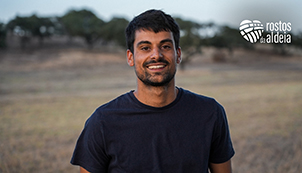
Faces of the Village S1
EP 16 - Alvito
Faces of the Village S1
EP 16 - Alvito
In the heart of the Alentejo, Alvito is one of the smallest municipalities of Portugal, with just over 2,300 inhabitants. It is home to many stories and a beautiful architectural heritage, including a stately castle, Manueline doors and windows, and many fresco murals that have survived to this day in churches, chapels and hermitages.
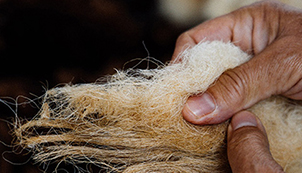
Faces of the Village S1
EP 17 - Figueiró e Freixo da Serra
Faces of the Village S1
EP 17 - Figueiró e Freixo da Serra
Figueiró da Serra and Freixo da Serra are two independent villages that became a single parish in 2013. They belong to the municipality of Gouveia, in the heart of the Serra da Estrela Natural Park. The main economic activities are agriculture and livestock breeding and what distinguishes them most is their active community.
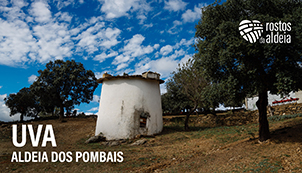
Faces of the Village S1
EP 18 - Uva
Faces of the Village S1
EP 18 - Uva
A village on the plateau of Trás-os-Montes with 50 people, 40 dovecotes, seven donkeys and ten Italians is unlike any other. Because of all this, and also because of the incredible community atmosphere that brings together people from different generations and geographies in the village café.
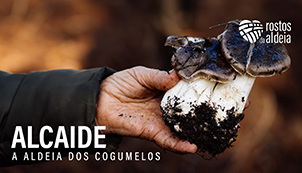
Faces of the Village S1
EP 19 - Alcaide
Faces of the Village S1
EP 19 - Alcaide
Located in Fundão, the village of Alcaide has become known for organizing the Míscaros - Mushroom Festival, which takes place in November. It has around 580 inhabitants, including some urbanites who have chosen it for its quality of life, abundant nature, good technological connections and road and rail access.
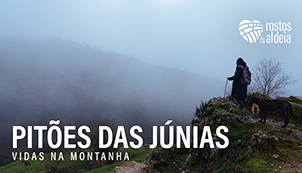
Faces of the Village S1
EP 20 - Pitões das Júnias
Faces of the Village S1
EP 20 - Pitões das Júnias
Pitões das Júnias belongs to the municipality of Montalegre, is very close to the Spanish border and is one of the highest villages in Portugal. With just over 150 inhabitants, it is the most visited village in the entire Peneda-Gerês National Park, the result of a community committed to staying true to its traditions.
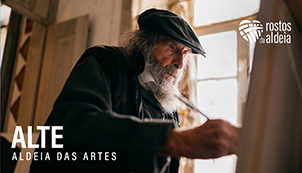
Faces of the Village S1
EP 21 - Alte
Faces of the Village S1
EP 21 - Alte
The village of Alte lies in the municipality of Loulé, between the barrocal and the mountains, surrounded by four hills that make it a picturesque crib. It is a land of poets and a stage for many arts, which can be enjoyed from the romantic streets of the village, with traditional cobbled streets and typical chimneys.
Faces of the Village S1
EP 23 - Mina de São Domingos
Faces of the Village S1
EP 23 - Mina de São Domingos
Almost 60 years after the closure of the São Domingos mine, a pioneering industrial complex that dug into its bowels and left this locality in the municipality of Mértola with an almost apocalyptic landscape, today Mina de São Domingos is instead the name of a village with Blue Flag beaches and inhabited by the descendants of irreducible miners.
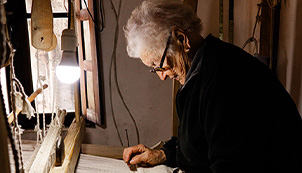
Faces of the Village S1
EP 25 - Almalaguês
Faces of the Village S1
EP 25 - Almalaguês
Founded by an Arab over a thousand years ago, the village of Almalaguês, in the municipality of Coimbra, has always been faithful to its traditions. One of the most important is the tradition of women behind a loom weaving rugs and quilts. Almalaguês, land of weavers, gaiteiros, negalhos and rice pudding.
Faces of the Village S1
EP 27 - Bravães
Faces of the Village S1
EP 27 - Bravães
In Bravães, in the municipality of Ponte da Barca, music and faith keep traditions alive that span generations. From the Passion of Christ staged next to the monastery to the winter festivals at the Pegadinha Chapel, or the Ascension pilgrimage at the Chapel of São Gregório, the community reinvents the celebration, preserving memories and creating new ones.

EP 1 - Ferraria de São João
2021 | 0h4

EP 2 - Campo Benfeito
2021 | 0h4

EP 3 - Argas
2021 | 0h4

EP 4 - Jarmelo
2021 | 0h6

EP 5 - Favaios
2021 | 0h6

EP 6 - Trevões
2021 | 0h6

EP 7 - Corval
2021 | 0h8

EP 8 - Ucanha
2021 | 0h7

EP 9 - Salzedas
2021 | 0h6

EP 10 - Coruche
2021 | 0h8

EP 11 - Manhouce
2021 | 0h9

EP 12 - Provesende
2021 | 0h9

EP 13 - Barcos
2021 | 0h7

EP 14 - Caretos de Podence
2021 | 0h12

EP 15 - Barro preto de Bisalhães
2021 | 0h13

EP 16 - Alvito
2021 | 0h12

EP 17 - Figueiró e Freixo da Serra
2021 | 0h10

EP 18 - Uva
2021 | 0h13

EP 19 - Alcaide
2021 | 0h9

EP 20 - Pitões das Júnias
2021 | 0h12

EP 21 - Alte
2021 | 0h9
EP 23 - Mina de São Domingos
2021 | 0h12

EP 25 - Almalaguês
2021 | 0h10
EP 27 - Bravães
2021 | 0h13
